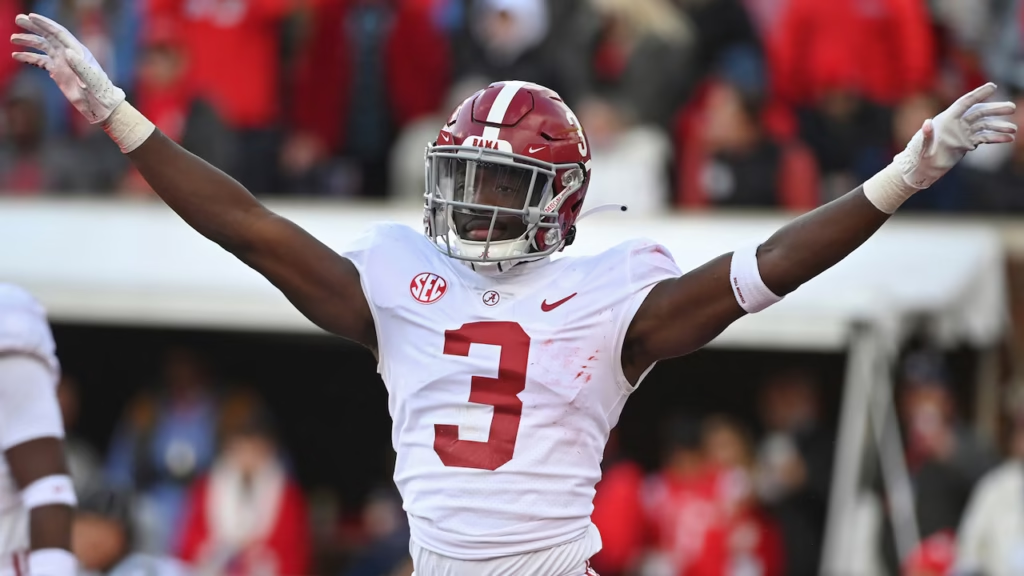How NFL Draft Picks Impact College Recruiting at Their Former Schools

This phenomenon creates a fascinating cycle where NFL draft outcomes directly reshape the landscape of college football recruiting, often determining which programs can attract top talent for years to come.
The Immediate Recruiting Boost
When a college program produces high NFL draft picks, it creates an instant recruiting advantage that coaches leverage heavily. Programs can point to specific recent success stories when visiting high school prospects’ homes. A first-round pick from a school’s offensive line can immediately make that program attractive to every top high school lineman in the country, creating a tangible recruitment pipeline.
Position-Specific Program Branding
Schools develop reputations as “position factories” based on their NFL draft success. Alabama became known as a defensive back pipeline after producing multiple first-round defensive backs, while Wisconsin branded itself as a running back development program. High school players begin choosing schools based on these NFL production track records rather than traditional factors like location or academics.
The Coaching Staff Leverage
Position coaches use NFL draft success as their primary recruiting tool. A receivers coach can show video of his former players succeeding on Sundays, creating immediate credibility with prospects and their families. This becomes especially powerful when coaches move between programs – they carry their NFL development reputation with them, instantly elevating their new school’s recruiting appeal.
The Network Effect
Current NFL players actively recruit high school talent to their former schools, creating informal recruiting networks. When an NFL player posts on social media encouraging prospects to consider his alma mater, it carries more weight than traditional recruiting efforts. These players often return to campus during the offseason, providing direct mentorship and visible proof of the program’s NFL pipeline.
Financial Investment Justification
Programs use NFL draft success to justify increased investment in facilities, coaching salaries, and support staff. Boosters and university administrators are more willing to fund expensive upgrades when they can point to concrete NFL production. This creates a competitive advantage cycle where success breeds more resources, leading to greater future success.
The Recruiting Class Momentum
A single high draft pick can transform an entire recruiting class. When Georgia had multiple first-round picks in recent drafts, their subsequent recruiting classes improved dramatically as top prospects wanted to join a proven NFL development program. This momentum often lasts 2-3 recruiting cycles, giving schools sustained competitive advantages.
Negative Impact on Rival Schools
NFL draft success doesn’t just help the producing school – it actively hurts regional competitors. When LSU produces multiple NFL defensive backs, it becomes harder for other SEC schools to recruit top defensive back prospects who see LSU as the clear development choice. This creates recruiting dead zones around highly successful programs.
The Coaching Carousel Connection
NFL draft success directly impacts coaching job security and mobility. Coaches who consistently produce NFL talent become attractive to bigger programs, while those who don’t see their recruiting effectiveness diminish. This creates a feedback loop where NFL production determines coaching careers, which in turn affects program recruiting ability.
Transfer Portal Implications
In the modern transfer portal era, programs with strong NFL development track records attract not just high school recruits but also college transfers looking to improve their draft stock. Players will transfer specifically to programs known for developing their position group for the NFL, creating additional recruiting advantages for successful programs.
Long-Term Program Trajectory
The compounding effect of NFL draft success can elevate entire programs over time. Teams that consistently produce NFL talent attract better recruits, which leads to more on-field success, which generates more NFL-caliber players, creating sustainable competitive advantages that can last decades.
(Aspiring NFL Writer | Children’s Author | Chicago Bears Devotee in Chiefs Territory)
